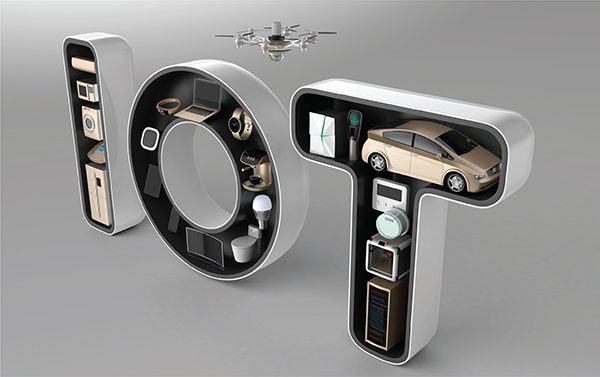There is a major trend to connect everyday items to theinternet — everything from remote access cameras,security systems, baby monitors, lights and refrigerators topersonal tracking tools and other monitoring systems, but a recentdistributed denial of service attack illustrated just howvulnerable all of these devices are to hacking.
|Unknown hackers used millions of internet of things devicesfound in homes and offices to facilitate a massive cyber attackthat disrupted access to sites such as Twitter, Amazon, Netflix,PayPal, The New York Times, CNN and other businesses that werecustomers of Domain Name Server provider Dyn Inc. The attacks came in three waves andaffected users as far away as Europe and Australia, and disruptedbusiness for multiple online retailers.
|While many people are aware of the importance of passwordprotecting their cellphones and commercial internet access, manypersonal networks and the smart devices that use them are extremelyvulnerable to cyber attacks.
|"There is huge promise with all of this technology," explainsChristie Alderman, vice president of client product service forChubbInsurance. "There all kinds of great things that IoT devicesare doing to help homeowners such as letting you see who's at thedoor, sensing when you've left your garage door open, sending younotices when water leaks occur, a fire breaks out or the humidityis too high."
|Many insurers recognize the value of these monitoring devicesbecause they alert homeowners to problems and provide valuable dataon the homes that assist in establishing a home's risk profile.Research firm Gartner, based in Stamford, Conn., estimates thatmore 6.4 billion connected "things" will be in use around the globethis year, but there is more to consider than just taking them outof the box and connecting them to the internet.
|"Customers have to keep security in mind," cautions Alderman."Is the device encrypted? Are strong network protections in place?Every device has its own IP address and some vulnerabilities."
|Related: Internet service restored in Eastern U.S. afterweb-hosting hack
||
The same internet of things devices that provide criticalinformation also create serious vulnerabilities that must bemitigated. (Photo: iStock)
|Internet of things safety
Because of the increased frequency of denial of servicebreaches, it is vital for individuals to take steps to protectthemselves and their devices. Alderman says that while it may beconvenient to know what's in your refrigerator so you can stop bythe grocery store on the way home, it's important to know who elsemight have access to the information.
|"Use passwords with numbers and symbols," advises Alderman."Consider changing device passwords at least annually. Understandthe fine print. Know who the information is going to and what isbeing shared with third parties."
|In addition to devices malfunctioning or being used for adistributed denial of service attack, and informationbeing stolen, those with cameras or sound monitors could be usedfor ambient listening, which allows a hacker to hear or see what isgoing on in the house.
|Before a device is hacked, ensure it has a password that isn'tthe factory preset or is hard to guess. Download any device updatesbecause they often fix vulnerabilities that have been detected.Also consider whether or not a device even needs to be connected tothe internet. Just because it can be connected doesn't mean that itshould be.
|If a hack occurs in the home, immediately change any passwordsfor the device and possibly the password for the home network.Alderman recommends notifying your insurer since there couldpotentially be coverage under a liability policy if personalinformation was compromised. There may also be coverage for creditmonitoring and assistance in cleaning up credit records after thebreach.
|"Agents and brokers really need to talk to their customers abouthome and liability coverage, as well as cyber risks and othervulnerabilities," she added.
|The use of internet of things devices is projected to growexponentially by 2020, creating even more opportunities for cyberterrorists to exploit their vulnerabilities and disrupt businessesaround the globe. Smart users will take steps to protect theirdevices and information well before an attack.
|Related: Friday's cyber attacks a 'wake-up call' forinsurers and public alike
Want to continue reading?
Become a Free PropertyCasualty360 Digital Reader
Your access to unlimited PropertyCasualty360 content isn’t changing.
Once you are an ALM digital member, you’ll receive:
- All PropertyCasualty360.com news coverage, best practices, and in-depth analysis.
- Educational webcasts, resources from industry leaders, and informative newsletters.
- Other award-winning websites including BenefitsPRO.com and ThinkAdvisor.com.
Already have an account? Sign In
© 2024 ALM Global, LLC, All Rights Reserved. Request academic re-use from www.copyright.com. All other uses, submit a request to [email protected]. For more information visit Asset & Logo Licensing.








